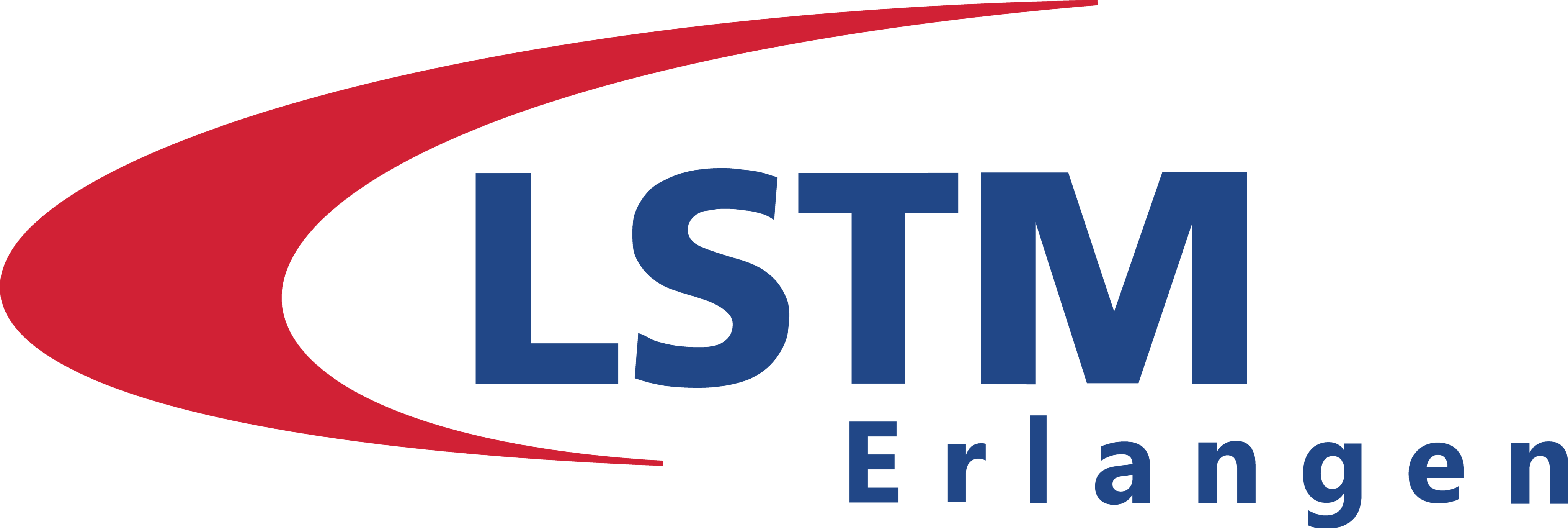Master/Project thesis: Simulations of rough boundary layers using Nek5000
Background: Turbulent boundary layers develop around all moving bodies immersed in a fluid once the Reynolds number is sufficiently high. Our understanding of the processes in these turbulent flows is already quite complete. However, as soon as the surface is rough (as is usually the case for technical applications), several additional aspects come into play. For instance, the drag force from the surface is increasing, the mean velocity profile is changing, and thus all momentum exchange processes throughout the boundary layer are affected. Rough wall-bounded turbulence has been studied in the literature extensively, for instance, the well-known Moody diagram (based on Nikuradse’s experiments) is one known example. During recent years, several simulation-based approaches study rough wall-bounded flows, however mainly in channel geometry, i.e. in a streamwise-homogeneous setting.

Source: Kadivar et al. 2021
The proposed project is to simulate rough boundary layers using the spectral-element code Nek5000, which ensures highly accurate results using direct numerical simulation (DNS). We will use a turbulent inflow generation method developed by our group, and simulate the roughness using body-adapted meshes, potentially using adaptive mesh refinement (AMR). This work is in collaboration with the group of Prof. Frohnapfel at the Karlsruhe Institute of Technology (KIT).
Specific tasks:
- Literature study on the topics of roughness and turbulent boundary layers
- Installing and running initial cases with Nek5000
- Implementation of the roughness in Nek5000
- Simulations using high-performance computing resources
- Data analysis and reporting of the results
Requirements:
- Experience and interest in high-performance computing and turbulence
- Programming experience in Python and/or Matlab
- Experience with legacy simulation codes (Fortran 77) is beneficial
- Independence working style
Beginn: Immediately
Supervisor:


